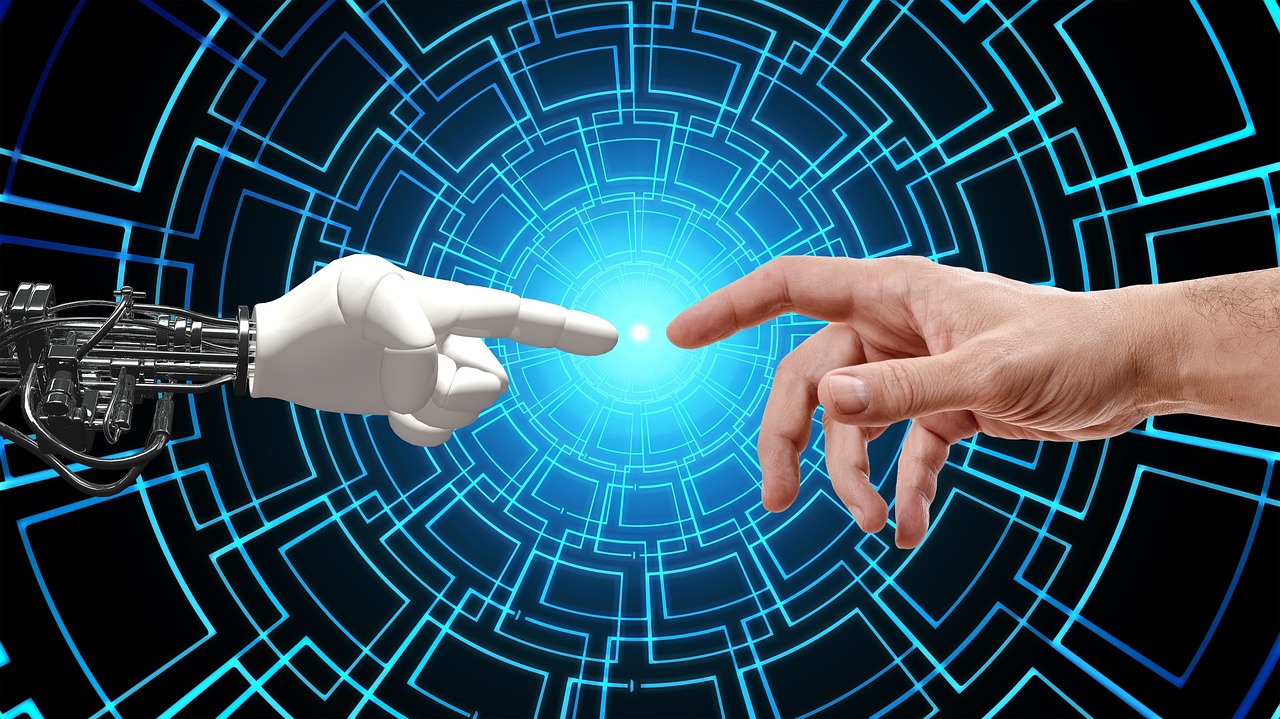Issues with Artifical Intelligence (AI)
1. Bias and Fairness
- Issue: AI systems can reflect or amplify biases found in their training data—racial, gender, socioeconomic, or cultural.
- Impact: This can lead to unfair treatment in areas like hiring, lending, policing, or healthcare.
- Example: Facial recognition systems performing poorly on people with darker skin tones.
2. Misinformation and Deepfakes
- Issue: Generative AI can create highly convincing text, images, videos, and audio.
- Impact: Misinformation, identity fraud, political manipulation, and erosion of trust in digital content.
- Example: Deepfakes used in fake news or impersonating public figures during elections.
3. Job Displacement
- Issue: Automation through AI threatens jobs in areas like customer service, transport, data entry, and even creative work.
- Impact: Economic disruption, especially for lower- and middle-income workers.
- Debate: Whether AI will create more jobs than it destroys—or just shift the skill requirements.
4. Privacy and Surveillance
- Issue: AI tools collect, analyze, and infer sensitive personal data at scale.
- Impact: Potential for mass surveillance, data misuse, and loss of anonymity.
- Example: AI-powered tracking in social media, smart devices, or public spaces.
5. Lack of Regulation
- Issue: AI is evolving faster than laws and policies.
- Impact: Gaps in accountability when things go wrong (e.g., autonomous vehicle accidents or AI-generated crimes).
- Ongoing: Governments worldwide (UK, EU, US, China) are drafting regulations—but progress is uneven.
6. AI Safety and Alignment
- Issue: Advanced AI systems may behave in unpredictable ways or pursue goals misaligned with human values.
- Impact: Long-term existential risks, especially as AI grows more autonomous or self-improving.
- Concern: Ensuring powerful AI models act in ways that are safe and beneficial.
7. Monopoly and Power Concentration
- Issue: A few major tech companies control the most advanced AI tools and data.
- Impact: Risk of centralized control, lack of competition, and global inequality in access to AI benefits.
- Example: OpenAI, Google DeepMind, Microsoft, Meta, and Amazon dominating key AI research and infrastructure.
8. Environmental Impact
- Issue: Training large AI models consumes vast energy and computing resources.
- Impact: Contributes to carbon emissions and global resource strain.
- Note: There’s a push for more energy-efficient algorithms and hardware.
9. Overreliance and Misuse
- Issue: People may overly trust AI outputs without critical thinking.
- Impact: Misdiagnoses in healthcare, flawed legal or educational advice, or dangerous use in warfare.
- Example: "AI said it, so it must be true" — a growing problem in high-stakes decisions.
10. Education and Workforce Gap
- Issue: Many people lack the digital literacy to understand or keep up with AI.
- Impact: Widening inequality between those who can leverage AI and those who can’t.



Comments
Post a Comment